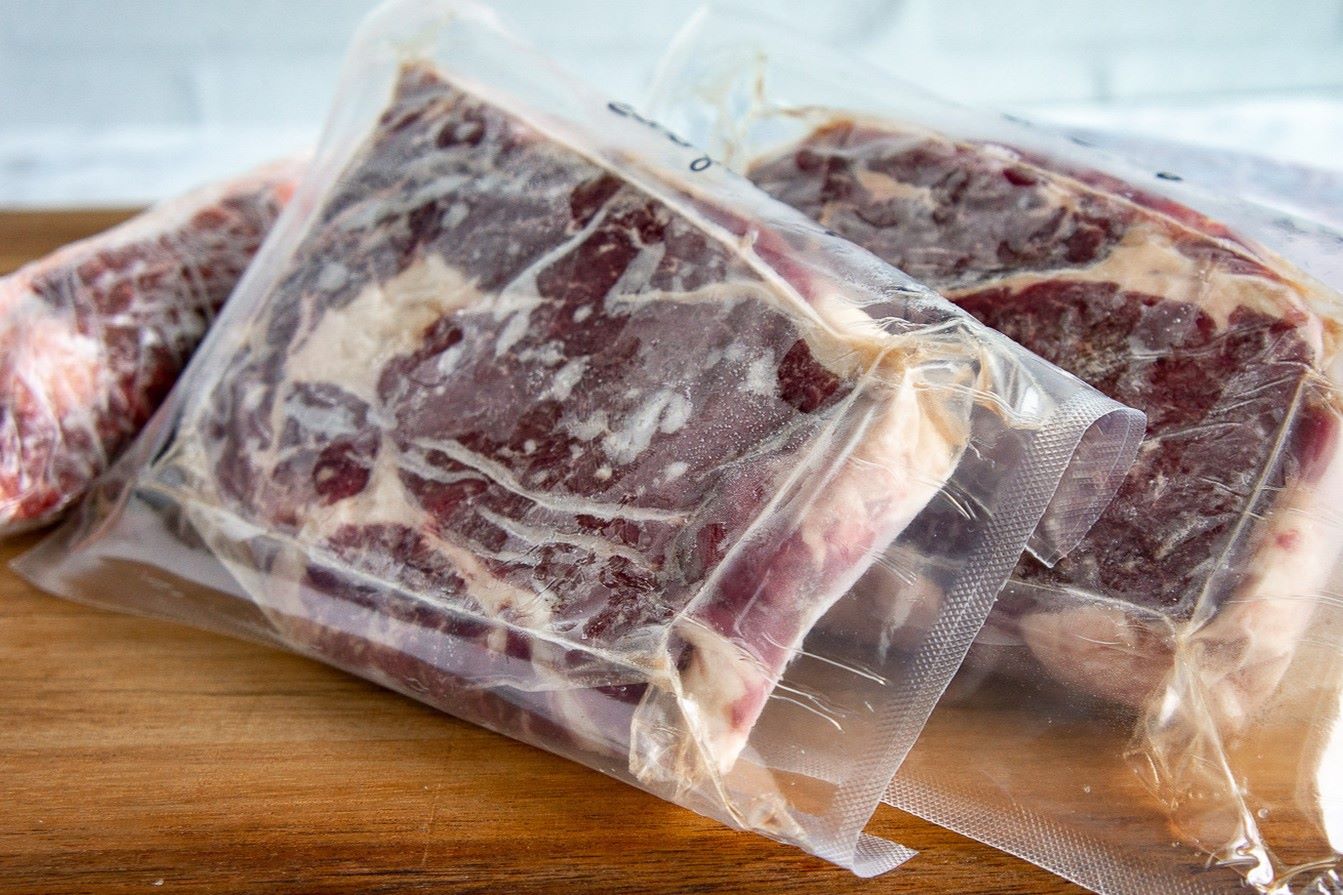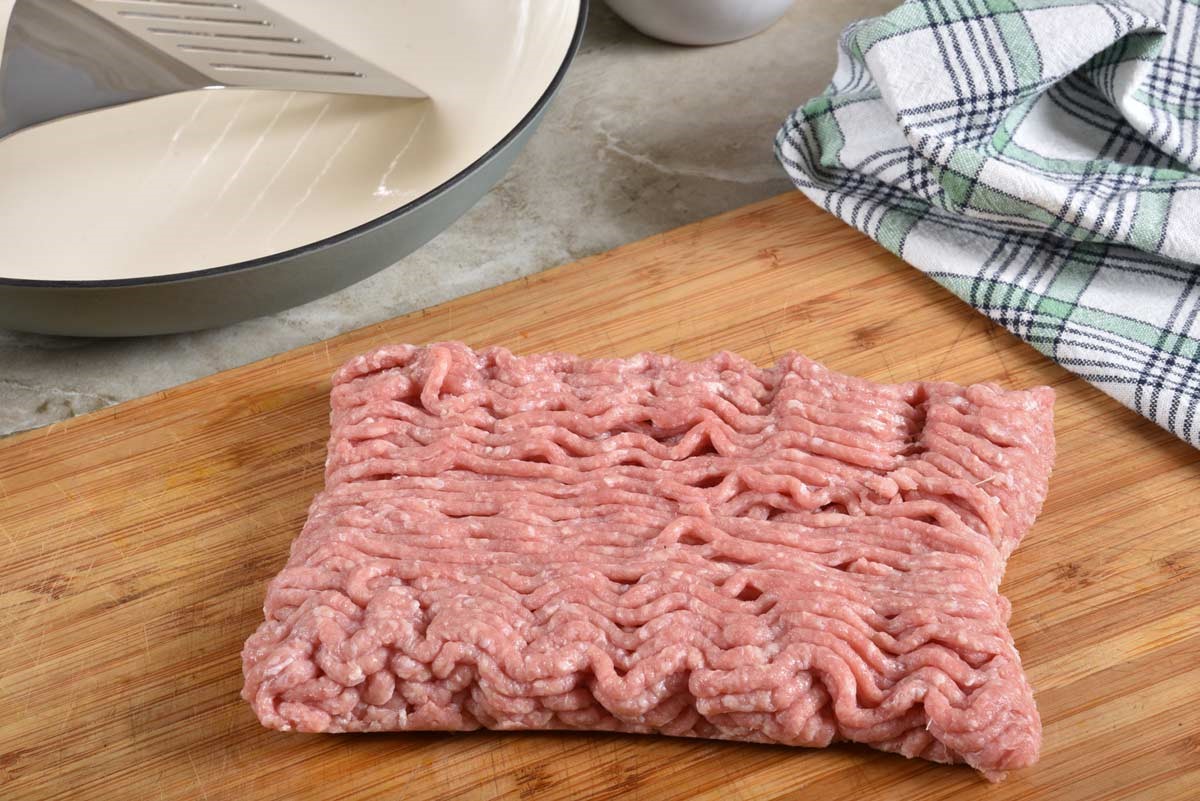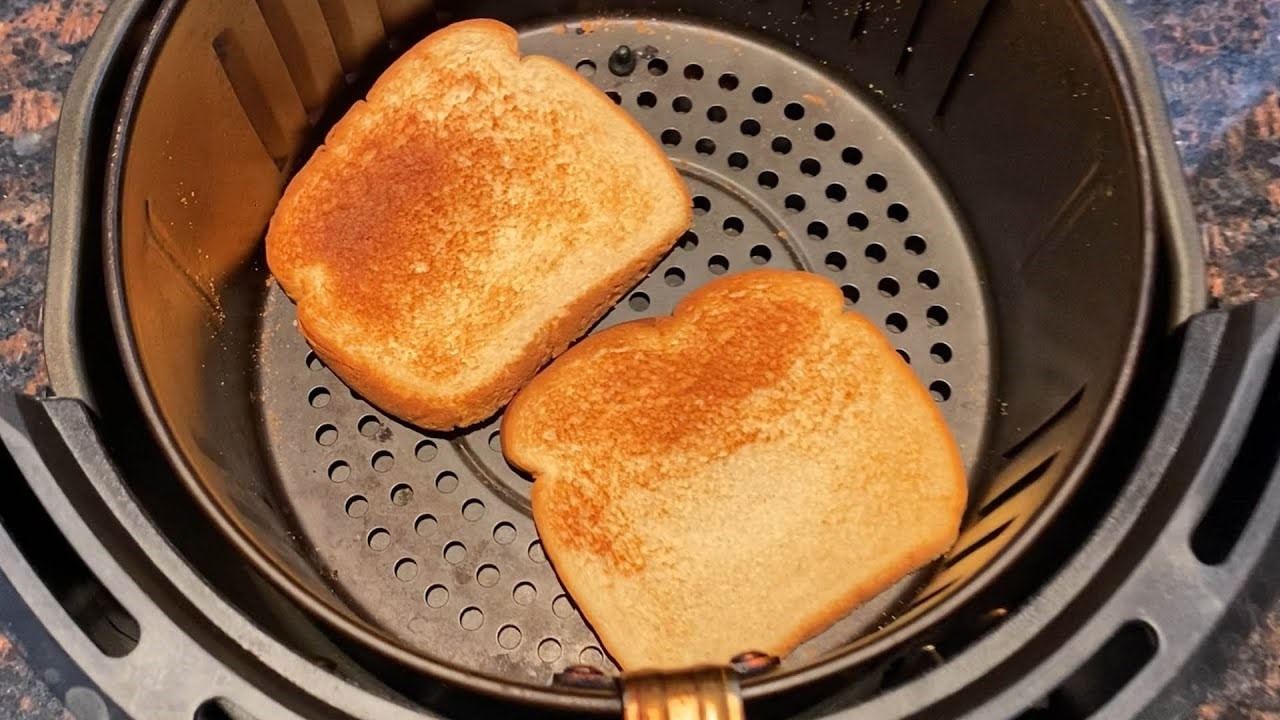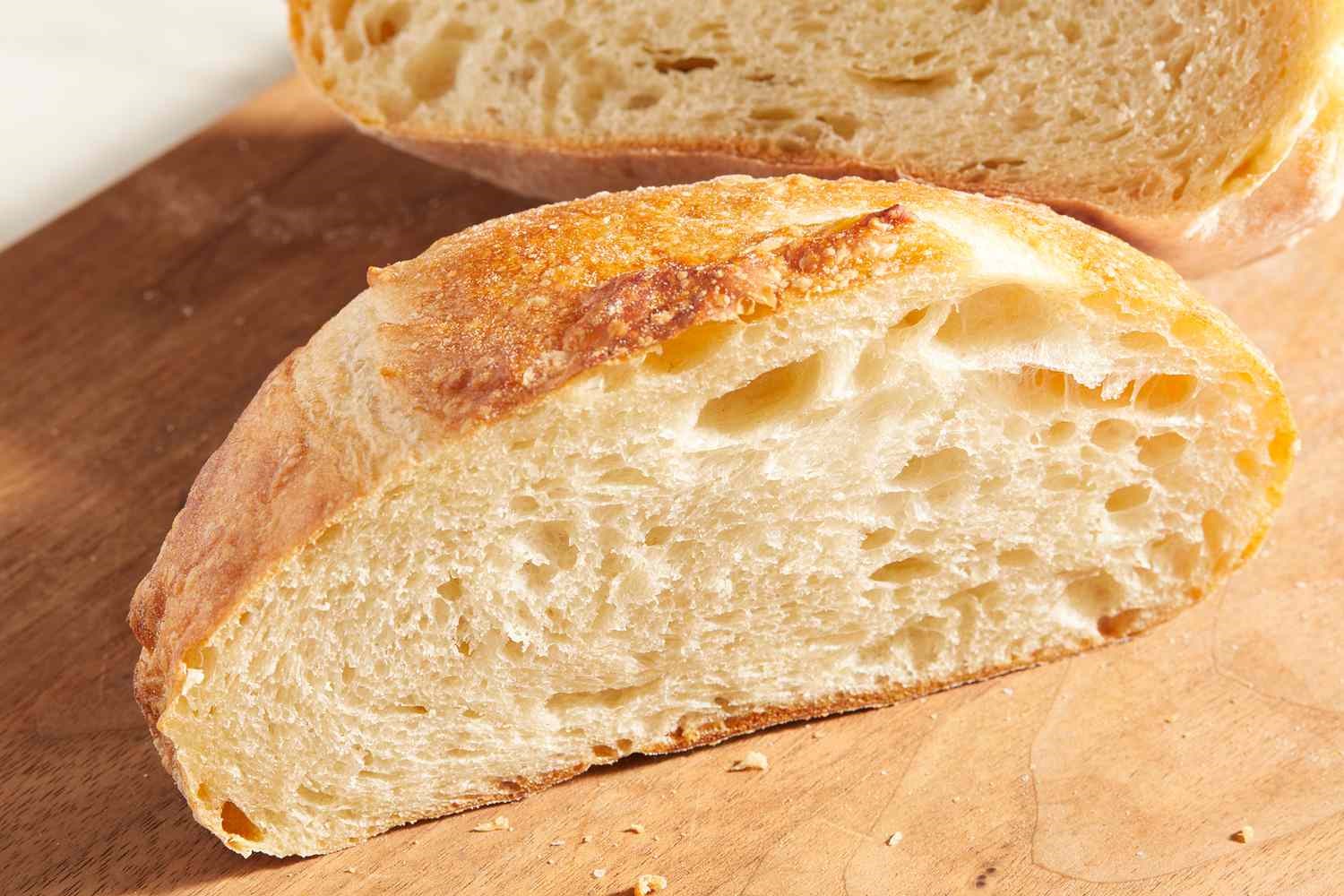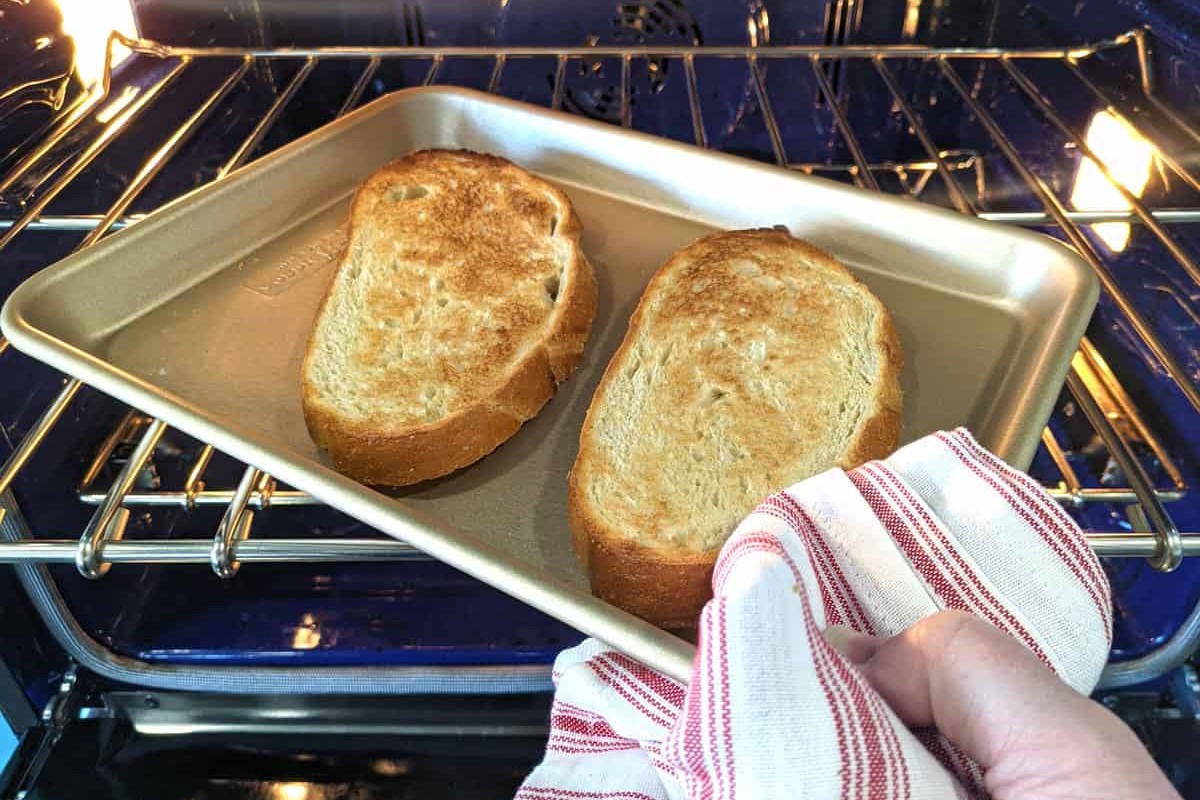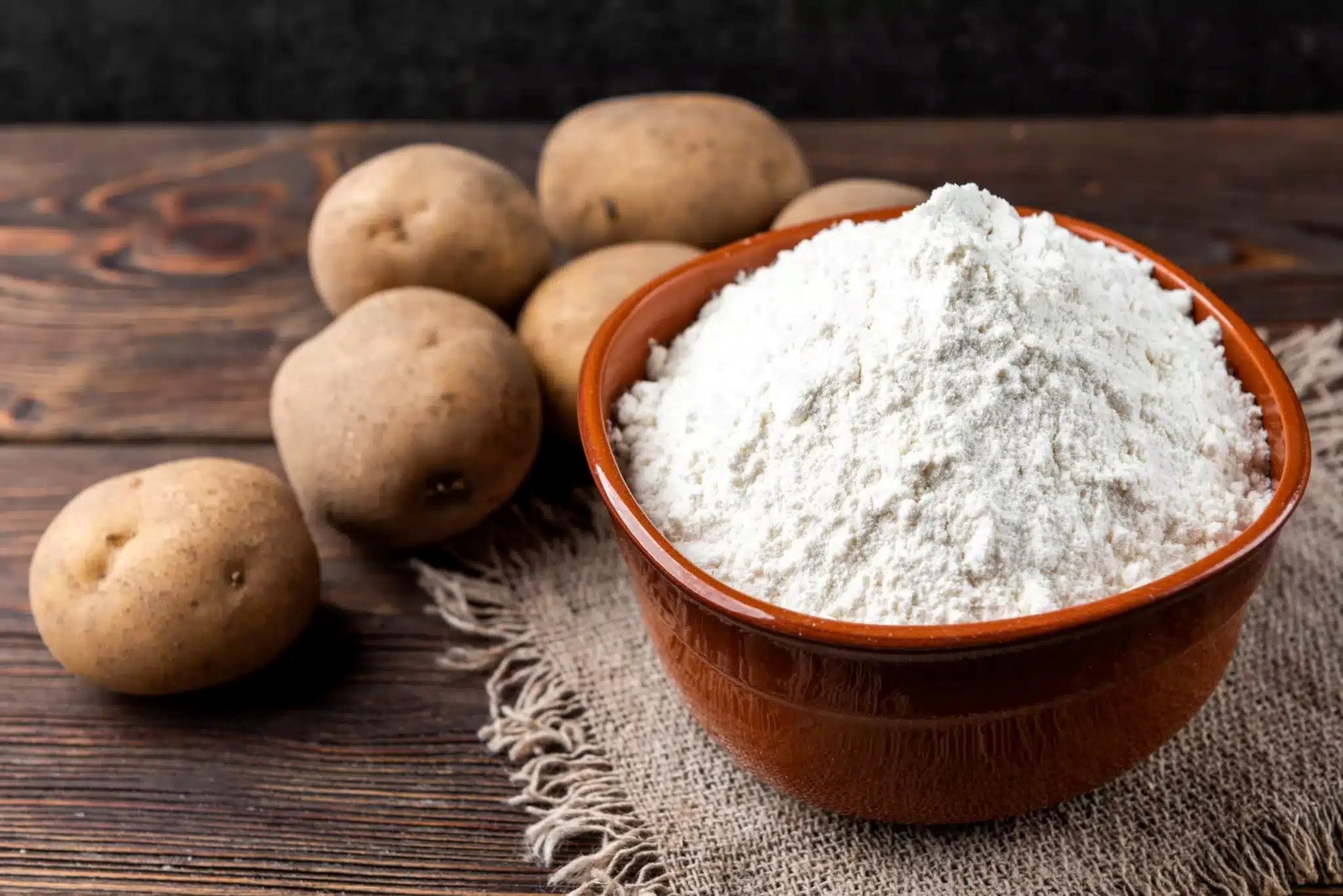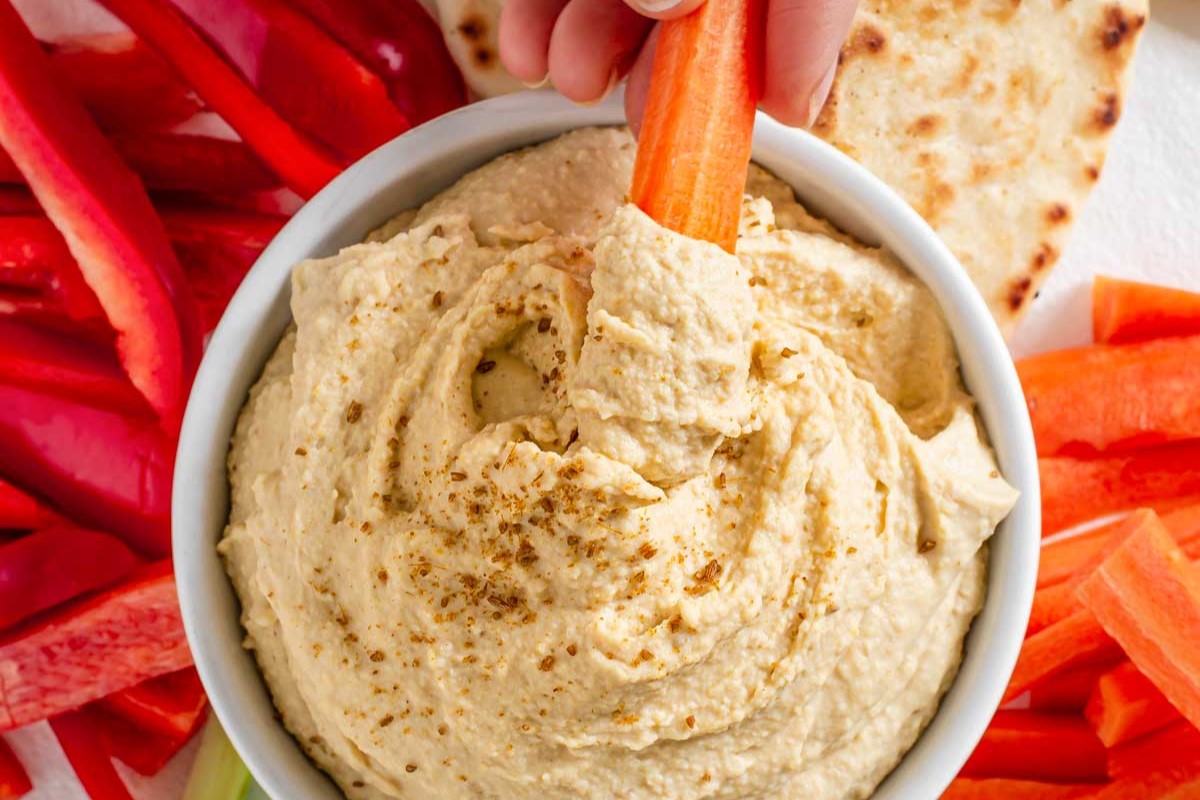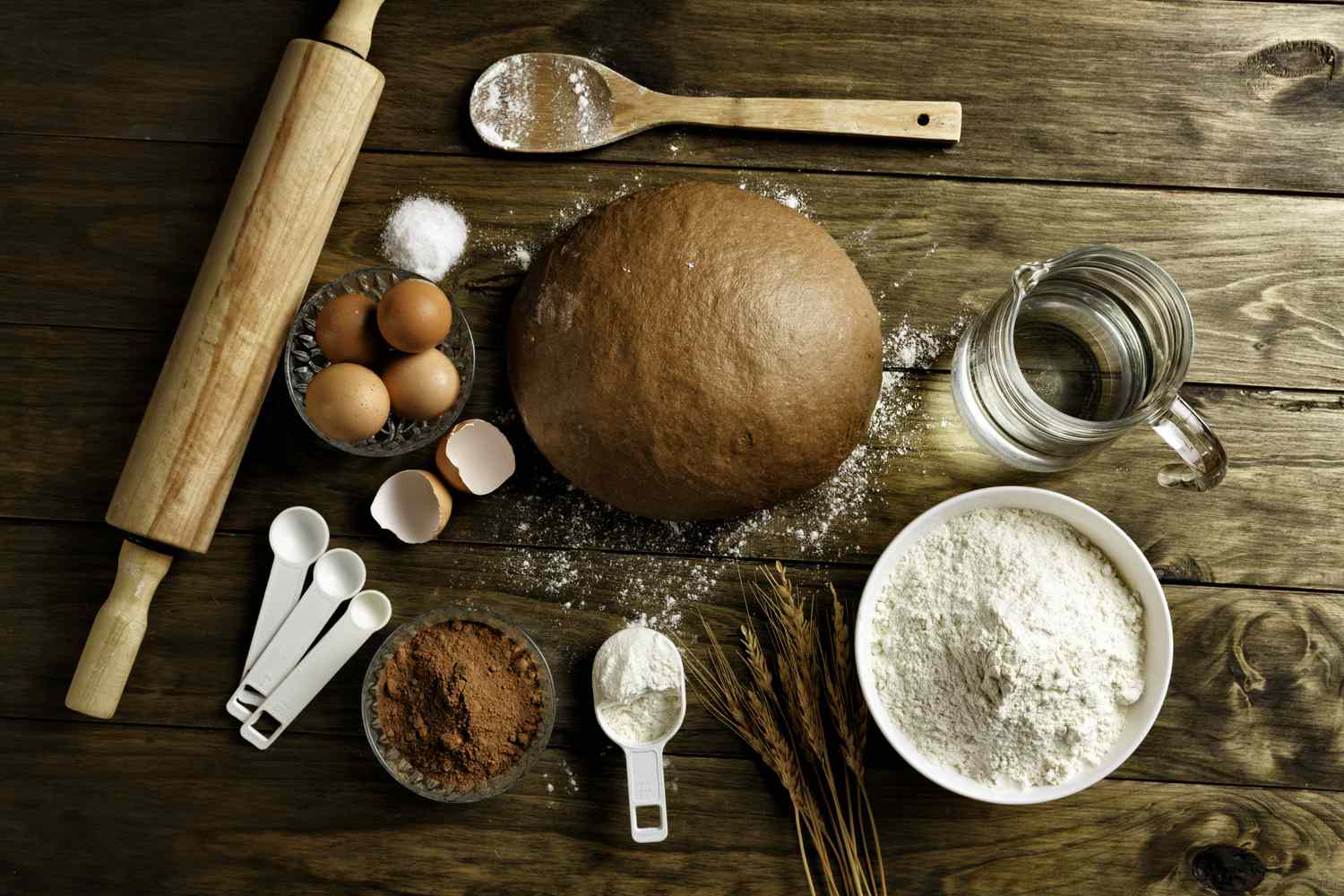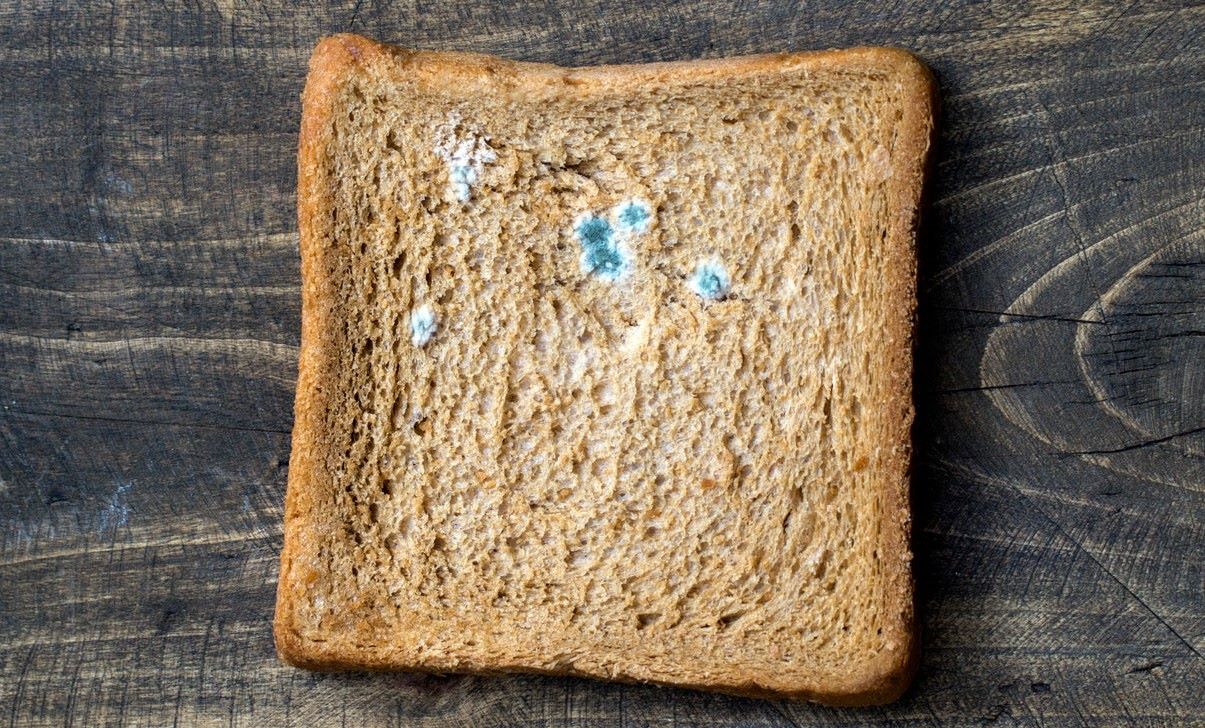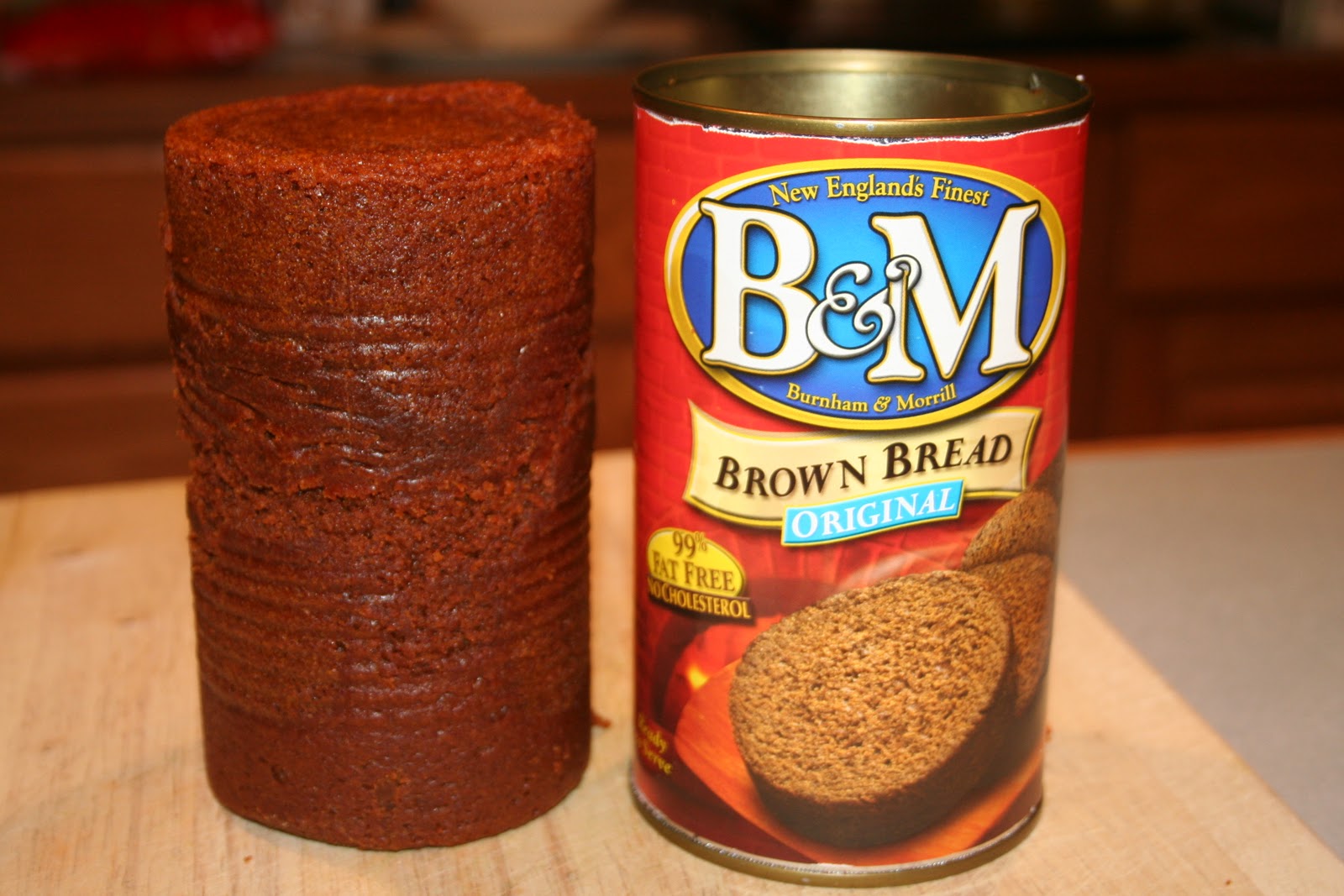Home>Food and Cooking>How To Defrost Bread


Food and Cooking
How To Defrost Bread
Published: February 29, 2024
Learn the best methods for defrosting bread and keeping it fresh. Discover expert tips for food and cooking enthusiasts.
(Many of the links in this article redirect to a specific reviewed product. Your purchase of these products through affiliate links helps to generate commission for Noodls.com, at no extra cost. Learn more)
Table of Contents
Introduction
Defrosting bread may seem like a simple task, but it's a crucial step in preserving the texture and flavor of your favorite loaf. Whether you've baked a fresh batch of artisanal bread or purchased a delectable baguette from your local bakery, knowing how to defrost bread properly can make a significant difference in its taste and quality.
Improperly defrosting bread can lead to a soggy or tough texture, which can detract from the overall enjoyment of the bread. Therefore, understanding the best methods for defrosting bread is essential for ensuring that it retains its delightful aroma, soft interior, and crispy crust.
In this comprehensive guide, we will delve into the importance of defrosting bread correctly and explore various methods and tips to help you preserve the deliciousness of your bread. Whether you're a seasoned home baker or a bread enthusiast looking to savor every slice, mastering the art of defrosting bread will elevate your culinary experience and allow you to relish the true essence of freshly baked goodness.
Read more: How To Defrost Salmon
Why is it important to defrost bread properly?
Properly defrosting bread is essential to maintain its quality, texture, and flavor. When bread is frozen, the water content within the dough forms ice crystals. If the bread is defrosted too quickly or at an improper temperature, these ice crystals can cause moisture loss and lead to a dry, crumbly texture. On the other hand, if the bread is defrosted too slowly, the ice crystals can cause excessive moisture, resulting in a soggy and unappealing consistency.
Furthermore, the process of freezing and defrosting can affect the gluten structure of the bread. Gluten, a protein found in wheat flour, contributes to the bread's elasticity and structure. Improper defrosting can disrupt the gluten network, leading to a dense and tough crumb.
In addition to texture, the flavor of the bread can also be compromised if not defrosted properly. Rapid defrosting can cause the starches in the bread to retrograde, leading to a stale taste. Conversely, slow defrosting can result in excessive moisture, diluting the flavors and aromas of the bread.
Proper defrosting also helps prevent the growth of mold and bacteria. When bread is exposed to fluctuating temperatures during defrosting, it creates an environment conducive to microbial growth. By defrosting bread at the correct temperature and duration, the risk of spoilage is minimized, ensuring that the bread remains safe for consumption.
Ultimately, the importance of defrosting bread properly lies in preserving its integrity and ensuring a delightful culinary experience. By understanding the science behind the freezing and defrosting process, individuals can savor the true essence of freshly baked bread, whether it's a crusty baguette, a tender brioche, or a hearty whole-grain loaf. Mastering the art of defrosting bread is a fundamental step in honoring the craftsmanship and artistry that goes into creating these beloved baked goods.
Methods for defrosting bread
When it comes to defrosting bread, there are several methods to choose from, each offering its own benefits in preserving the texture and flavor of the loaf. Here are some effective methods for defrosting bread:
-
Room Temperature: This method involves allowing the frozen bread to thaw at room temperature. Simply place the bread on a countertop or kitchen surface and let it thaw naturally. This method is ideal for bread that requires a gentle thawing process to prevent moisture loss. It's important to place the bread in a breathable container or wrap it in a clean kitchen towel to prevent excessive moisture buildup.
-
Refrigerator: Defrosting bread in the refrigerator is a reliable method that helps maintain the bread's moisture content. Place the frozen bread in the refrigerator and allow it to thaw overnight or for several hours. This gradual thawing process prevents rapid moisture loss and helps preserve the bread's texture. It's essential to keep the bread in its original packaging or wrap it in plastic wrap to prevent it from drying out.
-
Oven: For a quick defrosting method, the oven can be used to thaw frozen bread. Preheat the oven to a low temperature (around 300°F or 150°C) and place the frozen bread inside for approximately 15-20 minutes. This gentle heat helps thaw the bread without compromising its texture. It's crucial to monitor the bread closely to prevent it from becoming too dry or overheated.
-
Microwave: While not the preferred method for artisanal or delicate bread, the microwave can be used for quick defrosting. Place the frozen bread in the microwave and use the defrost setting at a low power level. It's important to check the bread frequently to ensure that it thaws evenly without becoming too warm or developing hot spots.
-
Steam: Using steam to defrost bread is a method that helps retain moisture and prevent the bread from drying out. Place the frozen bread in a steamer or steam oven and allow it to thaw gently. The steam helps maintain the bread's moisture content, resulting in a softer and more supple texture.
By employing these various methods for defrosting bread, individuals can ensure that their favorite loaves retain their delightful qualities, from the crusty exterior to the soft, flavorful crumb. Each method offers a unique approach to thawing frozen bread, catering to different types of bread and personal preferences. Whether it's a leisurely room temperature thaw or a quick oven defrost, mastering the art of defrosting bread is a valuable skill for anyone who appreciates the simple pleasure of freshly baked goodness.
Tips for defrosting bread
When it comes to defrosting bread, a few simple tips can make a significant difference in preserving its texture, flavor, and overall quality. Whether you're dealing with a crusty artisan loaf, a tender brioche, or a hearty whole-grain bread, these tips will help ensure that your bread retains its delightful characteristics throughout the defrosting process.
-
Use Proper Packaging: When freezing bread, it's essential to use appropriate packaging to protect it from freezer burn and moisture loss. Wrap the bread tightly in plastic wrap or aluminum foil before placing it in a resealable freezer bag. This double-layered protection helps maintain the bread's moisture content and prevents it from absorbing any unwanted odors from the freezer.
-
Slice Before Freezing: If you anticipate defrosting only a portion of the bread at a time, consider slicing it before freezing. This allows for easier portioning and minimizes the need to defrost the entire loaf when you only require a few slices. Additionally, pre-sliced bread tends to thaw more evenly, ensuring that each slice retains its freshness and flavor.
-
Avoid Refreezing: Once bread has been fully defrosted, it's best to avoid refreezing it. Refreezing can compromise the texture and flavor of the bread, leading to a less-than-ideal eating experience. If you have defrosted more bread than needed, consider using it to make breadcrumbs, croutons, or bread pudding to minimize waste.
-
Monitor Moisture Levels: During the defrosting process, it's important to monitor the bread for any signs of excessive moisture or dryness. If the bread appears to be accumulating moisture, gently blot it with a paper towel to absorb the excess moisture. Conversely, if the bread seems dry, lightly mist it with water before continuing the defrosting process to help restore its moisture content.
-
Allow for Resting Time: Once the bread has been fully defrosted, allow it to rest at room temperature for a short period before consuming it. This resting time allows the bread to evenly distribute any residual moisture, resulting in a more consistent texture and flavor throughout the loaf.
-
Reheat When Necessary: If the defrosted bread requires a bit of revitalization, consider reheating it in the oven for a few minutes. This gentle reheating process can help restore the bread's crustiness and revive its aroma, providing a more enjoyable eating experience.
By incorporating these tips into your bread-defrosting routine, you can ensure that each slice of bread maintains its delectable qualities, from its crusty exterior to its tender crumb. With a little attention to detail and the application of these simple yet effective tips, you can elevate your bread-defrosting skills and savor the true essence of freshly baked goodness with every slice.
Conclusion
Mastering the art of defrosting bread is a fundamental skill for anyone who appreciates the simple pleasure of freshly baked goodness. Whether it's a crusty baguette, a tender brioche, or a hearty whole-grain loaf, understanding the importance of proper defrosting methods and implementing effective techniques can significantly enhance the overall quality and enjoyment of bread.
By delving into the science behind freezing and defrosting, individuals can gain a deeper appreciation for the intricate processes that influence the texture, flavor, and integrity of bread. The careful balance between moisture retention and texture preservation underscores the significance of defrosting bread correctly, ensuring that each slice embodies the essence of freshly baked perfection.
The methods for defrosting bread, from gentle room temperature thawing to gradual refrigerator thawing and quick oven or microwave defrosting, offer a range of options to accommodate different types of bread and personal preferences. Each method presents an opportunity to preserve the unique characteristics of the bread, from its crispy crust to its soft, flavorful crumb, allowing bread enthusiasts to savor every slice with delight.
Furthermore, the tips for defrosting bread provide valuable insights into maintaining the quality of frozen bread, from proper packaging and portioning to monitoring moisture levels and incorporating gentle reheating when necessary. These simple yet effective tips empower individuals to take proactive measures in preserving the freshness and flavor of their favorite loaves, ensuring that each slice delivers a delightful culinary experience.
In essence, the journey of defrosting bread is a testament to the dedication and artistry that goes into creating and savoring these beloved baked goods. Whether it's the anticipation of a leisurely room temperature thaw or the convenience of a quick oven defrost, the process of defrosting bread embodies a harmonious blend of culinary appreciation and practical skill.
Ultimately, by embracing the nuances of defrosting bread and applying the knowledge and techniques shared in this guide, individuals can elevate their bread-defrosting skills and relish the true essence of freshly baked goodness with every slice. With a thoughtful approach and a touch of culinary finesse, the art of defrosting bread becomes a gratifying endeavor, allowing bread enthusiasts to indulge in the simple yet profound pleasures of a perfectly thawed loaf.

